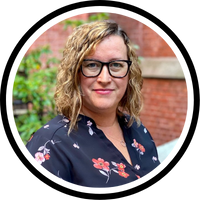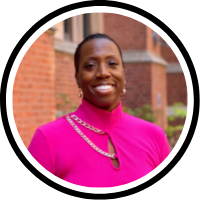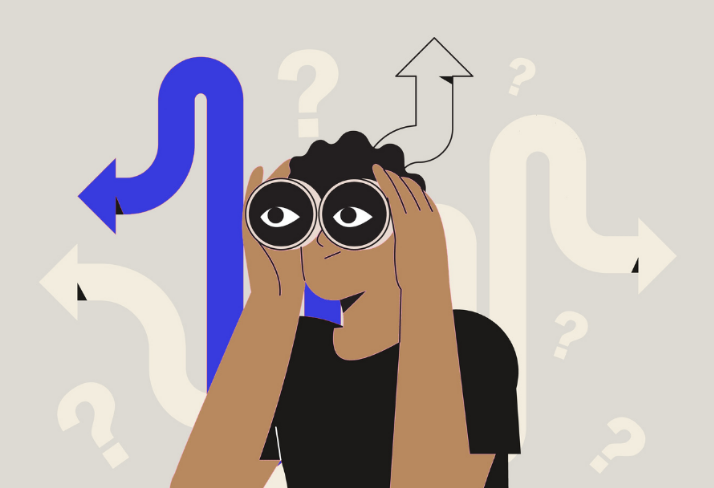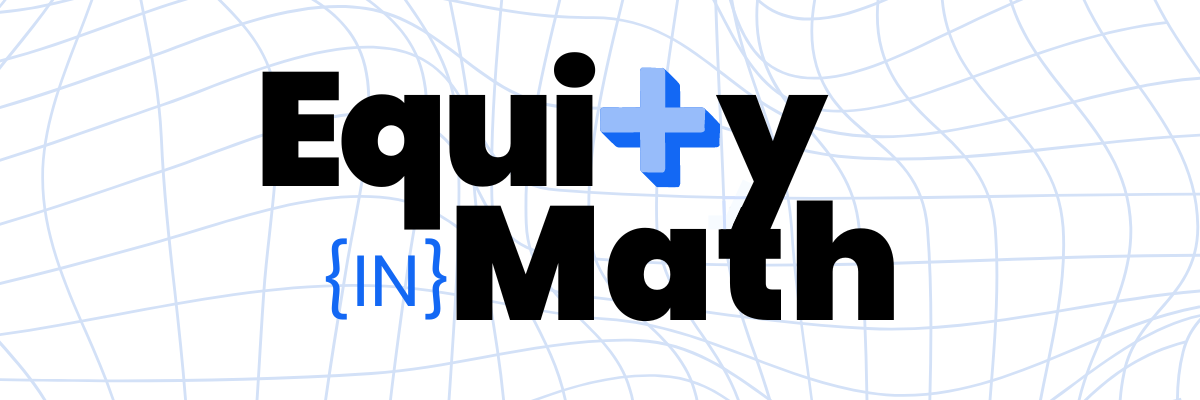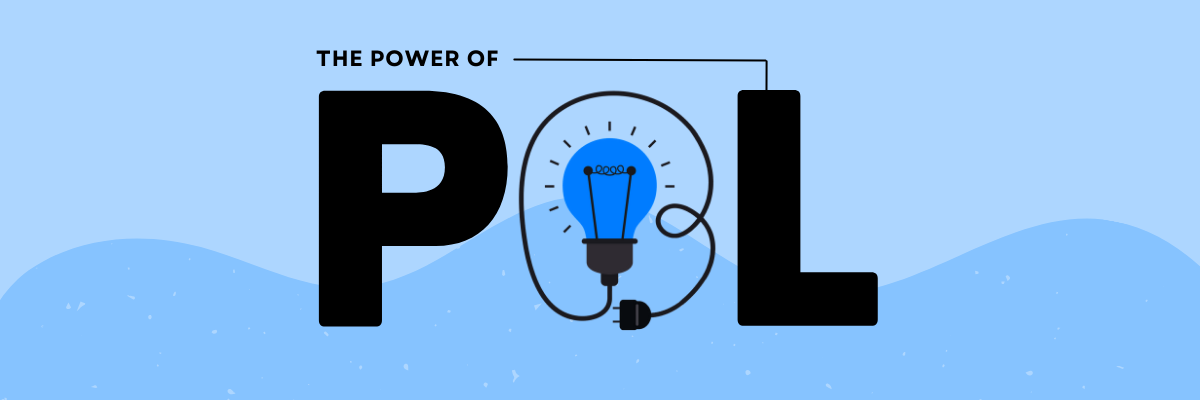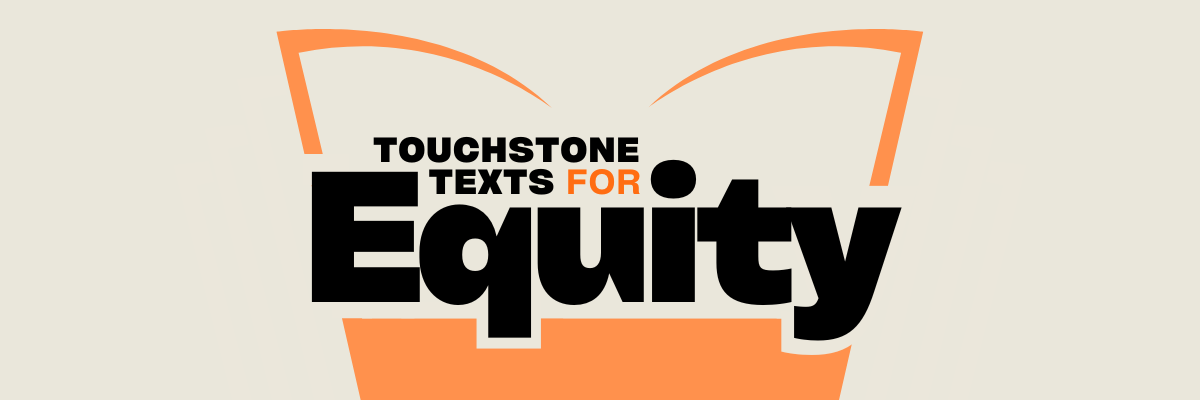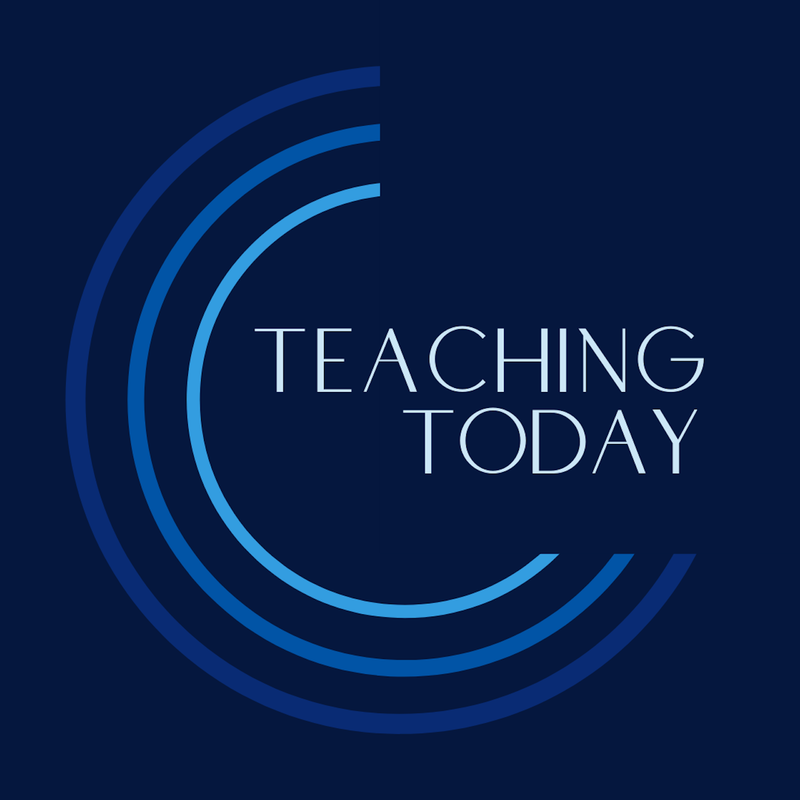|
Prompt new perspectives for the year ahead using one simple sentence.
Any way you look at it, the last two years have been very different from anything most of us have experienced, upending the way we teach, the way we live, and the ways in which students learn. These years have revealed vulnerabilities, punctuated inequities, and surfaced extraordinary human resourcefulness and potential. Many of the decisions made within this time will have long-term consequences for the future of education, and we are likely years away from understanding the full social-emotional impact for teachers and students.
Before going any further, we have to give a huge shoutout to all the teachers, school leaders, parents, extended family members, and friends who continue to contribute time, patience, perseverance, and ingenuity as they help children learn. We have been navigating uncharted territory for an extended period of time, and in the face of numerous challenges, you have continued, time and again, to step up in support of students.
Prompting new perspectives
As we come to the close of another school year, we’re at a natural checkpoint for reflection where we can consider the year’s successes and missteps, and think deeply about how our experiences this year can inform our actions in the next. Whether or not you have been practicing regular reflection this year, it’s never too late to start! One of our favorite ways to check in after a meaningful experience is to use the prompt: I used to think, but now. This exercise provides an opportunity to reflect back on where you started — whether that’s at the beginning of the school year, the semester, or any marker of time that’s relevant to you — and evaluate how your thinking has changed since that time. Your responses might look something like this:
Because critical reflection is, well, critical, you can also use this sentence starter to reflect on work/life balance as you think through ways to find space for self-care, create time for outside interests, or unpack personal challenges. I used to think, but now is powerful because it challenges us to identify a point in our lives where we’ve changed our minds or had new learning, but haven’t yet explored or processed this transformation. By spending even just a few minutes responding to this prompt, we can make our realizations concrete and explicit — and that will help us to internalize these life lessons for the future. This is also a great strategy to share with other adults on teacher teams, or with students. Even young learners can follow along to reflect on what they’re learning and how their perceptions are changing throughout the year. Take this practice one step further by asking yourself how your shifted understandings or beliefs will impact your practice in the coming year. What will you do differently in the future? (We call this one, “I used to think, but now…and so…?”)
Reflection is an ongoing process — we continue to learn lessons each year because we are different, our students are different, and the world around us is different. Finding moments to reflect on all we’ve learned and reset our expectations for the future is crucial in order to meet ourselves and our students in the current moment.
Tell us in the comments: how would you respond to I used to think, but now? |
|
The Center for Professional Education of Teachers (CPET) at Teachers College, Columbia University is committed to making excellent and equitable education accessible worldwide. CPET unites theory and practice to promote transformational change. We design innovative projects, cultivate sustainable partnerships, and conduct research through direct and online services to youth and educators. Grounded in adult learning theories, our six core principles structure our customized approach and expand the capacities of educators around the world.
|
ABOUT US
525 West 120th Street, Box 182 New York, NY 10027 416 Zankel Ph: (212) 678-3161 [email protected] Our Team Career Opportunities |
RESOURCES
Professional Articles Ready-to-Use Resources Teaching Today Podcast Upcoming PD Opportunities |
COACHING SERVICES
Custom Coaching Global Learning Alliance Literacy Unbound New Teacher Network Student Press Initiative |


